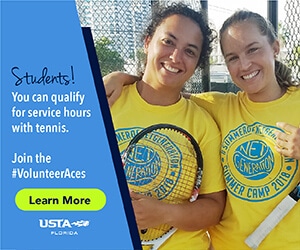February 14th, 2017
Tennis ‘Where Are They Now?’: 2004 USTA Florida State Jr. Champion Nina Pantic
USTA Florida’s “Where Are They Now?” series catches up with some of the former junior winners of the USTA Florida “Bobby Curtis” Junior State Championships, which each year crowns the top Florida juniors in the boys’ and girls’ 18-10 age groups.
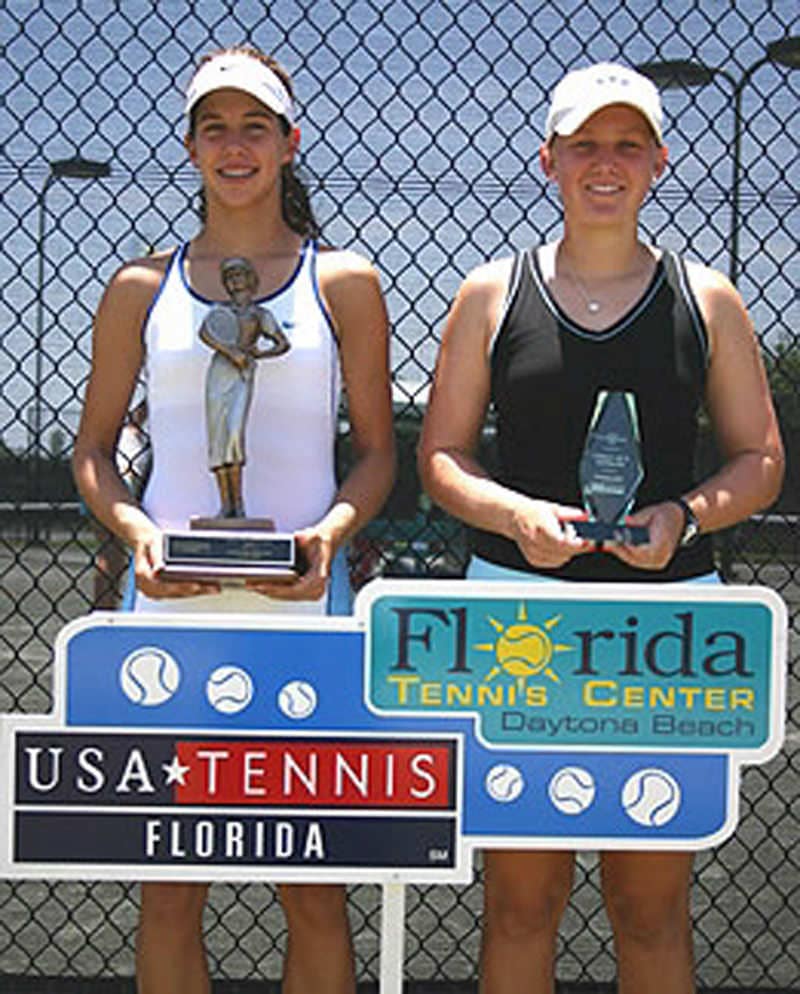
Pantic (left) winning the Florida state 16s title in 2004
Nina Pantic won the USTA Florida Junior State Closed (now known as the USTA Florida “Bobby Curtis” Junior State Championships) Girls’ 16s title in 2004, and thought tennis success and a pro career were eminent. While she chose college tennis and writing over the grind of the pro tour, her tennis success can be seen in her work for TENNIS magazine, Tennis.com, and Baseline.Tennis.com.
USTA Florida caught up with Pantic roughly 13 years after she raised the state junior championship trophy, which she says she still holds dear to this day:
Where did you grow up in Florida, and what are your fondest memories of junior tennis?
I moved to Boca Raton at the age of 11, before living in Delray Beach for a few years, but most of my teenage years were spent in Lake Worth (where my parents still live today). Training in Delray was unique because it felt like a hidden gem for current and future tennis stardom. You’d have players training like Venus and Serena Williams one day, and Monica Seles the next (she was my favorite).
Junior Florida tournaments that stand out are the Bush Florida Open and the Eddie Herr International. The Bush Open was held in Fort Myers, and my family rented a house on the beach, making it feel more like a vacation than a competition (though I still got in plenty of tennis). It’s also fun to look back and realize that two of my closest friends today are players I played back-to-back at the 2004 Bush Open.
At the end of each year, Eddie Herr is held at the Nick Bollettieri IMG Academy, which feels like the most sacred grounds of present and future tennis fame. As a junior, it was inspiring to play on the same courts that my idols like Andre Agassi and Seles once did. I also got to make friends with players from other countries, and since I played it every year since the age of 10, it felt like a reunion every time.
In 2004 you won the Girls’ 16s USTA Florida State Closed (now known as the USTA Florida “Bobby Curtis” Junior State Championships) title. Was that a turning point in your junior career?
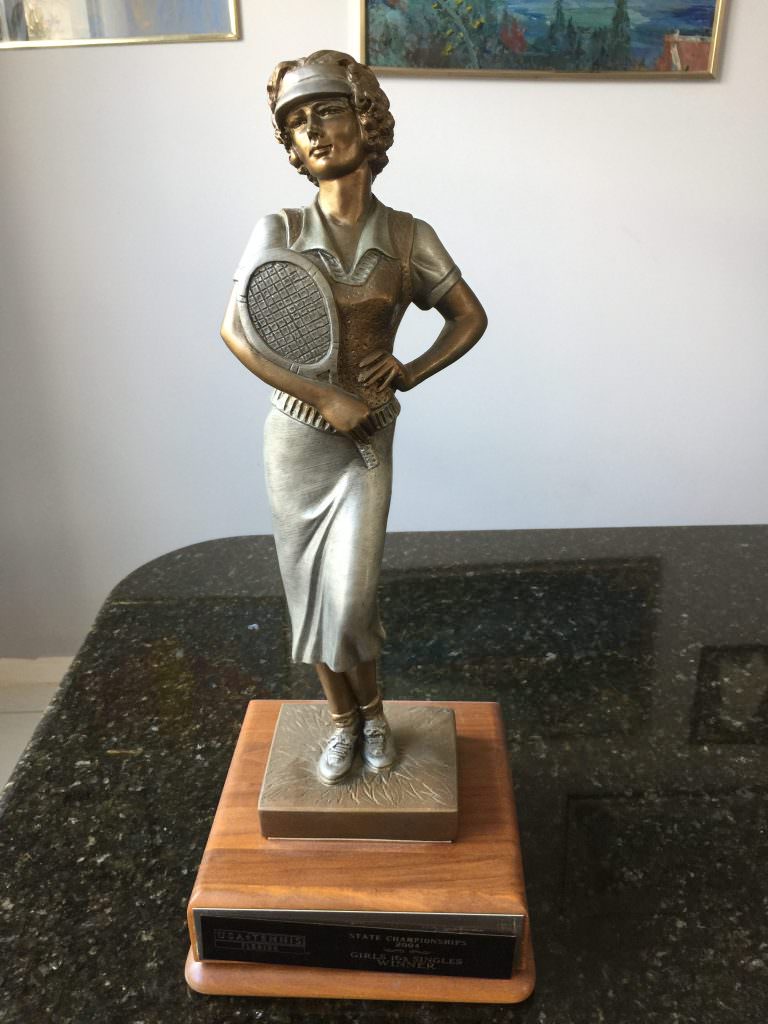
Did you also play a lot of national tournaments? How well did the Florida junior circuit prepare you for college play?
I played a handful of USTA National Opens and nationals like the Easter Bowl and the National Clay Court Championships. I never did well out west, but I finished fourth at the clay court championships (just one set shy of a coveted bronze USTA ball).
Without the junior circuit I doubt I would have been able to go to the Division I college of my choice because it helped me establish myself as a top-ranked competitor in the United States after starting off in Canada. I played so many tournaments in so many cities, and that kind of match and travel toughness translated well into college.
You played ITF and USTA Pro Circuit events in 2004 and 2005, then in 2006 you won an event and reached the semis in your next tournament. How was the experience of making a go at a pro career (as an amateur) before deciding on college?
In late 2004 when I started I was so young and so eager to try my hand at $10,000 tournaments, I was practically begging my parents to take me all the way to Matamoros, Mexico even though I was an alternate for the qualifying draw. I ended up going and earned my first WTA point.
But then at just 17 or 18 years old, you’re faced with rolling the dice on a pro career, possibly dooming yourself to toiling on the ITF/USTA Pro Circuit for a decade, or you decide to go to college and possibly feel like a failure for it. I had a great run in 2006 for a few short weeks, but backing it up the next month, and the next year, was far harder. Overall, I wasn’t doing as well as I’d hoped, so going to college became a more obvious choice by late 2007.
Even though I hadn’t planned for college until very late, the fact that I could go basically anywhere after putting so much effort into my junior and pro career helped put my mind at ease that it was the right next step.
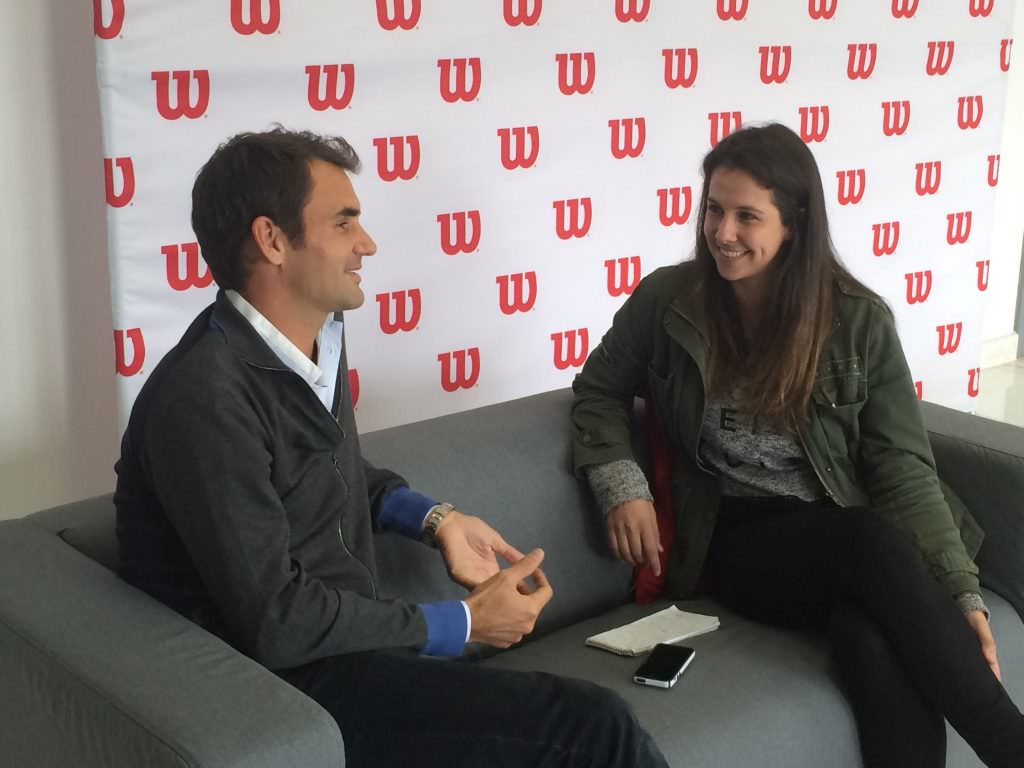
Pantic interviewing Roger Federer
In 2008 you played CoCo Vandeweghe — what was it like watching her make her semifinal run at the Australian Open almost 10 years later?
I actually lost to CoCo in the qualifying of the $25,000 in Arizona. She was only 16 at the time so the one thing I remember is that I definitely thought I was going to win. We’re friends so watching her do well is incredible. She’s a blast to be around, and always fun to interview so it’s truly a win-win.
People always ask me if I played any of the big names, and it’s crazy how the matches begin to blur together. I actually completely forgot — until looking up my record — that I played Angelique Kerber in a pro circuit tournament in Quebec (it was doubles and we won one game).
You studied English and journalism in college, what took you in that direction?
I was always an avid reader and wanted to write, so the English major route was pretty natural for me. But writing for a living is a rarity, and UCLA didn’t have a journalism program. I was so busy juggling tennis and college demands that I didn’t quite have a next step in place.
The University of Missouri offered me a chance to work as a grad assistant on the tennis team while producing published work in one of the best journalism schools in the world. People scoffed when I said I was leaving Los Angeles for Columbia, Mo., but it was the best decision of my life because I wouldn’t be where I am today without it.
You’re currently an associate editor for Tennis Magazine and Tennis.com, and the producer of Baseline.Tennis.com. As a tennis junior or in college, did you see yourself working in tennis as a career?
As a junior, I definitely thought I’d end up being a pro, and I always knew I didn’t want to coach. Writing about tennis came together once I settled into graduate school thanks to a little bit of luck, or fate.
I grew up reading TENNIS magazine from pretty much the first day I could read. At Mizzou, a grad component of a design class forced me to do an interview with an editor outside of the journalism school. That call ended up landing me a full-time writing and producing job in New York City straight out of grad school.
Looking back, all of the experiences I had playing is what eventually led me to this dream job. Having past playing experience makes it so much easier to relate to the players I interview, and gives me a little edge over the writing competition. I live in Manhattan, which I consider the greatest city in the world, and get to interview living legends like Roger Federer and Serena Williams, as well as future rising stars.
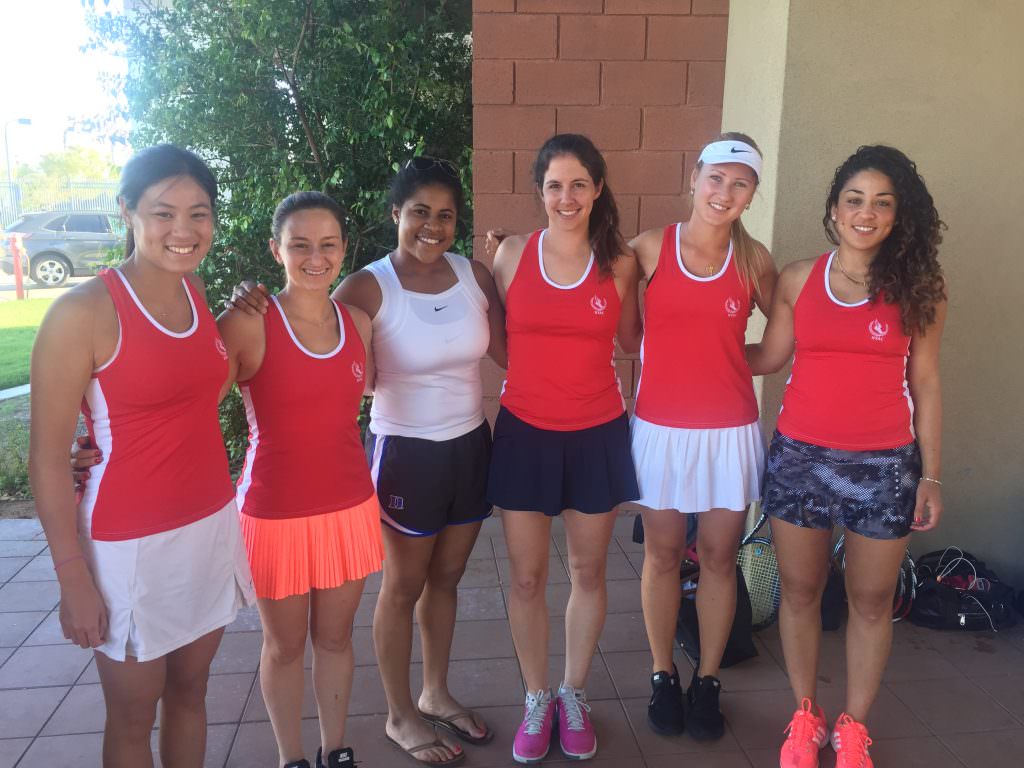
Pantic (center right) and her USTA Eastern Section women’s open team
Any advice for juniors or others thinking about a career in tennis?
I would stress considering all of the options, and keeping an open mind. Maybe you won’t make it as a touring pro, but there’s so much more tennis has to offer. Just because you fail or falter at one aspect of the game, doesn’t mean you can’t find success in another.
Can you still be found on the tennis courts?
It’s not as easy finding a court in Manhattan as it was in Florida, so I play far less these days. But I am part of a USTA Eastern women’s open team that gets together to practice and then travels to Vegas each year for nationals, which is obviously a blast.

